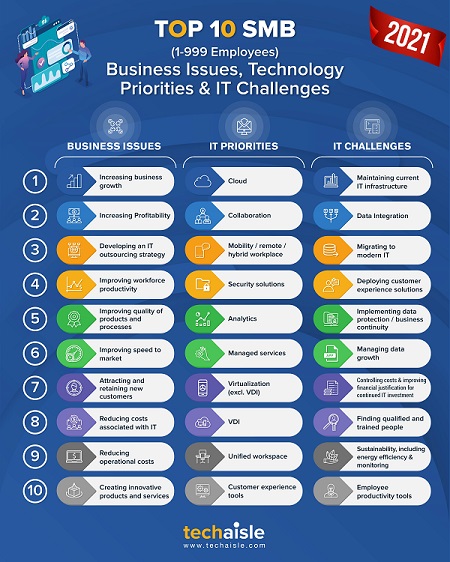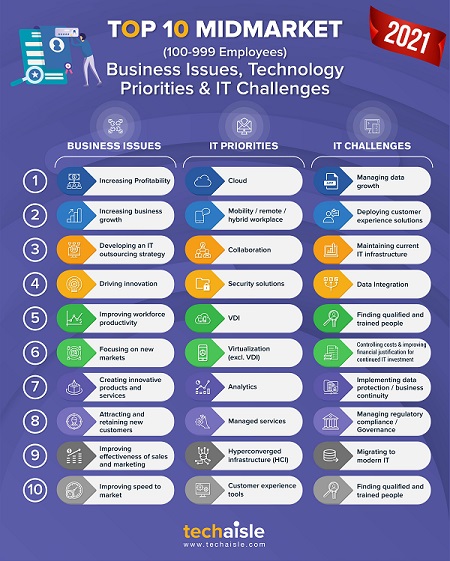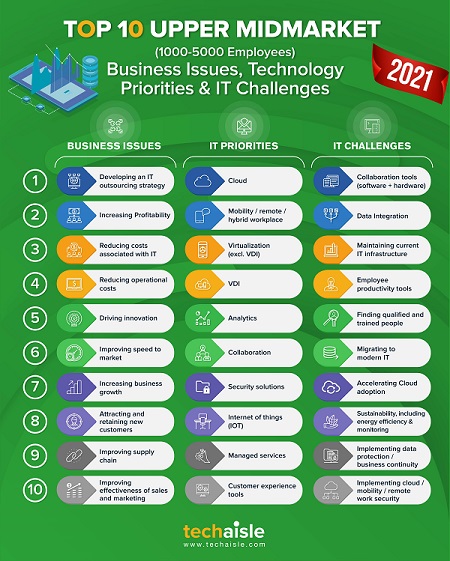Rola Dagher is the new global channel chief at Dell Technologies. Proverbially speaking, changing of the guard brings in its wake anticipation of partner program changes. Because of the success achieved, Dell Technologies does not feel compelled to make significant modifications to its partner program. On the contrary, continuous fine-tuning of the program has helped Dell drive channel partner growth. While the core tenets of Simple, Profitable, Predictable remain, Dell plans to target consistency and constant validation with some refinements. For example, Dell is simplifying the partner preferred program (now to be named Power Up), launching a new platform to track earnings, MDFs, MyRewards with lower latency and cloud-like functionality of partner portal increasing investment earn-outs with potential to cross-sell and upsell. Dell had launched MyRewards in 2017 to capture the mindshare of the channel sales reps. The system awarded $1 value in points for cash to redeem for products and travel. 2017 also saw Dell launch its digital marketing platform (which has grown enormously), introduce Activation Packs for smaller partners with pre-approved MDF dollars, and develop compensation to channel partners on contract value for the cloud (consumption models).
Dell and its partners have been pleased with the channel strategy, and, as a result, Dell does not plan to change course. While every other IT supplier is planning for channel transformation, Dell's channel leadership believes in "evolution, not revolution." The enterprise partner preferred and commercial preferred programs (for targeted account lists) have been successful, yet they were complex to follow and execute. Learning from the experience, Dell has simplified the program to make it even more impactful for Partner of Record (PoR) partners. An identified list of accounts where partners are already working with Dell competitors; Dell sellers commit themselves to joint account planning to shift the customer to Dell. Partner competitiveness, better sales engagement with clarity of seller-partner offering, and robust programs on competitive takeout and customer acquisition have helped Dell and its partners. All part of the evolution strategy.
Until last year, Dell had struggled to simplify deal registration, both due to the task and technology transition's inherent complexity. Dell is therefore launching a better partner experience portal. Regardless of the complexity, due to relentless execution and commitment, Dell's partners made giant strides. There is no question that Dell has a complete product portfolio in the IT industry. This position has significant potential benefits but can lose impact due to the need for partners to navigate an immensely complex set of offerings. Dell deserves plaudits to recognize this challenge and respond with partner programs that mute the various solutions' roar and enable partners to focus on working effectively – and profitably – with their customers.
Channel partners are the custodians of customer needs. Armed with knowledge, training, and experience, partners are and can be in a great position to guide, design, architect, deploy and manage technology solutions for end-customers to work through the crisis and the future. Despite the headwinds, channel partners are quickly adopting both tactical and strategic approaches to solving customer problems to deliver customer success. Partners are the beacons that customers are looking for – partners who listen, share pain points, advise, and are responsive. It may be the best of times to develop a transformative strategy that is customer-in rather than product-out.
To help frame understanding of go-to-market investments, Techaisle asked its panel of channel partners to identify which of a handful of statements they believed to be accurate for their business. Data shows that the channel is in a longer-term transition. There is a need for sales staff to react to increasing customer's technical knowledge by being more innovative is essential and vital for their businesses. There is also broad and growing agreement that line-of-business selling is rising as a proportion of all sales and that "the as-a-Service model has significantly changed what a partner looks for in sales and business development professionals." These findings indicate that channel sales staff can't rely primarily on fulfillment-centric deals. Instead, they need to demonstrate a real understanding of customer business issues and how technology can deliver meaningful business benefits.
Dell is working on its partner training and sellers to transition from product to solution selling, from pricing-led to outcome-driven strategy. It seems to be yielding results. For example, in Q3, over 60% of Dell's new customer activation was through the channel. An increase in incentives to 20% for flex-on-demand offerings (for both referral and resell) lead to US$1.3B in offers in as-a-service. Dell is working to enable partner participation with Project APEX and access to Dell's as-a-service portfolio. The first offering in its portfolio will be Dell Technologies Storage as a Service (STaaS), delivering a pay-per-use model and elastic capacity and deployed on-prem. It will launch in the US for Dell's direct business in the first half of the fiscal year. Dell will share an update later this fiscal on partner availability with Project APEX, including STaaS. The key enabler of Project APEX is the Dell Technologies Cloud Console. This single web interface enables both customers and partners to manage cloud workloads and services. The Cloud Console's initial rollout will allow customers to browse a marketplace of IaaS products, services, and solutions. For partners, Dell is working on a roadmap and timeline for the console to be API eligible, allowing partners to integrate with their marketplaces.
Techaisle data shows that transformation partners are targeting revenue growth over quarterly, short-term incentives. But incentives seem to work wonders for Dell. Channel partner interest in fees and activity-based incentives are driven primarily by firms with traditional channel business models. SIs and VARs, who form most Dell partners, consider this type of stimulus most important to their businesses. But firms developing IP prefer solution development funds (which has been introduced by VMware). Channel partners focused on commodity products may not capitalize on deal registration, and only large partners would have access to staff/embedded headcounts. Rebates may be popular, but they do not increase margin much and often depress street price instead. Fees and activity-based incentives support solutions that require very long sales cycles, which would not be as beneficial in a rapid-turnaround niche. Solution development funds can be instrumental in building an ecosystem around a platform product but may take a long time to generate tangible results. SPIFs are generally helpful to shaping sales behavior but can be expensive, require effective targeting and management, and only work where there is buy-in from the partner business's owner. Within the overall channel partner ecosystem, 50% prefer fees and activity-based incentives, and 43% want solution development fund. Staffing and embedded headcount are preferred by 37% of partners.
It is evolution and not revolution. Those expecting Dell to make market-shattering transformative changes will likely be disappointed. Dell is working towards simplifying operations, educating partners, and enabling better digital marketing. Yes, there is a lot more Dell needs to do. Recent work by Techaisle shows that the need for updated understandings of channel management imperatives has expanded beyond the tactical questions of sales or management metrics or marketing activities. The pandemic has been an accelerator. Digital transformation provides enormous opportunities for the channel. It offers a means of establishing a customer relationship that secures ongoing/escalating account revenue and influence, improving the business outlook of channel firms who can capitalize on customer need for digital transformation support. For now, Dell's channel partner program has both its feet firmly planted on solid ground. Dell does not want and does need to take flight. Instead, it plans to and should continue its fight to remain valuable and loyal to the channel partner community.














